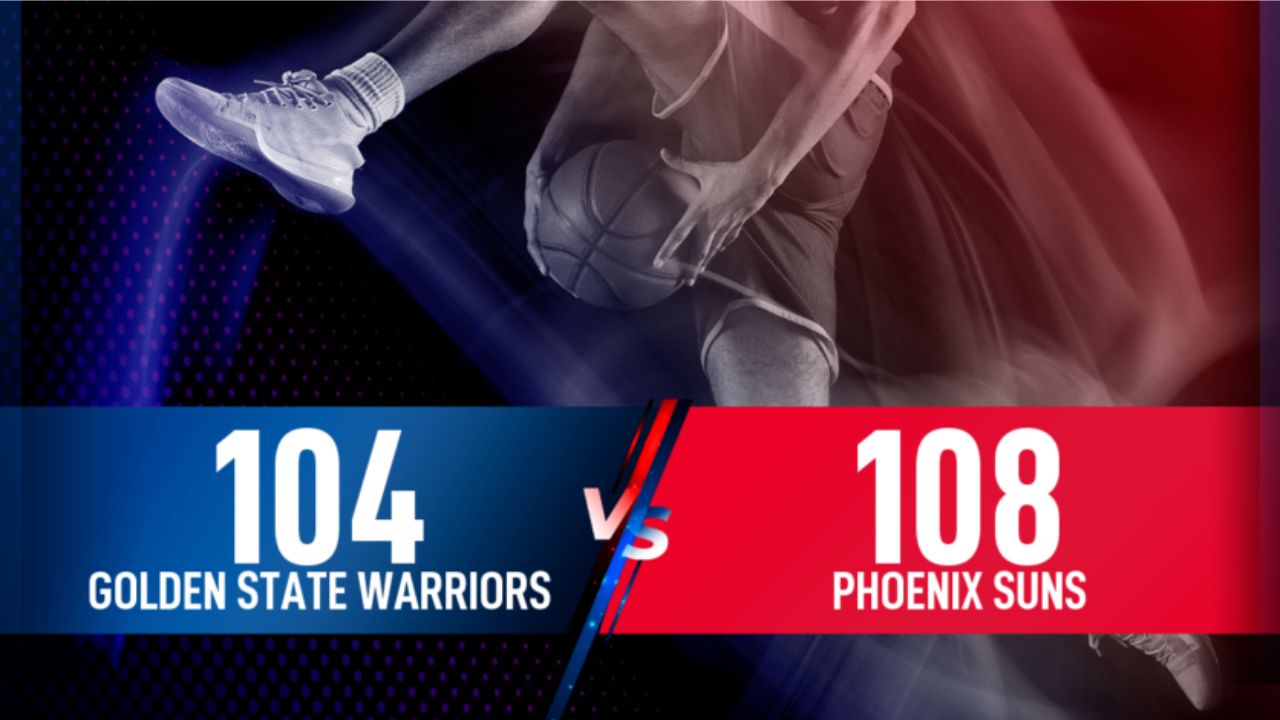If you’ve ever watched a baseball game and witnessed the intensity of a rundown, often referred to as a “pickle,” you know it’s one of the most exciting plays in the sport. But did you know there’s a lot more to a successful pickle than just speed and agility? Advanced techniques can make the difference between an out and a runner slipping away. Let’s dive into the intricate world of MLB pickle and uncover the secrets behind mastering this thrilling aspect of the game.
Understanding the Basics of MLB Pickle
What is MLB Pickle?
A pickle occurs when a baserunner is caught between two bases and the fielders attempt to tag them out. It’s a high-stakes game of cat and mouse that requires quick thinking and precise execution.
Fundamental Rules and Objectives
The main goal of a pickle is simple: get the runner out. But achieving this requires a coordinated effort from multiple players, quick reflexes, and strategic movements.
The Anatomy of a Pickle Play
Key Players Involved
Typically, a pickle involves at least two fielders and a baserunner. The fielders work together to trap and tag the runner, who is trying to avoid being tagged out and reach a base safely.
Step-by-Step Breakdown of a Pickle Play
- Initial Contact: The runner is caught off base, and the play begins.
- Chase Begins: Fielders start throwing the ball back and forth, closing in on the runner.
- Runner’s Moves: The runner attempts to dodge and reverse direction to escape the tag.
- Final Tag: Ideally, the fielders close the distance and tag the runner out.
Advanced Techniques in MLB Pickle
Deception and Misdirection
Using head fakes and sudden stops can confuse the runner, making them more vulnerable to being tagged out. Fielders often use these tactics to create hesitation and mistakes.
Perfect Timing
Timing is crucial in a pickle. Fielders need to anticipate the runner’s moves and time their throws perfectly to close the gap and make the tag.
Footwork and Positioning
Importance of Proper Footwork
Proper footwork can make the difference between a successful tag and a missed opportunity. Fielders must stay agile and balanced to react quickly to the runner’s moves.
Best Positioning Strategies
Fielders should position themselves to create a shrinking corridor for the runner, making it increasingly difficult for them to find a safe path to the base.
Communication Between Players
Verbal and Non-Verbal Cues
Effective communication is vital. Players use verbal cues, like calling for the ball, and non-verbal cues, such as eye contact and hand signals, to coordinate their actions.
Role of Teamwork in a Successful Pickle
A successful pickle is a testament to teamwork. Fielders must trust each other and work in unison to execute the play flawlessly.
Also Read: Exploring the Boundaries of Imagination in Virtual Reality
Throwing Accuracy and Speed
Techniques to Improve Throwing Accuracy
Fielders can improve their accuracy through drills that focus on quick, precise throws. Practicing under pressure helps simulate game conditions.
How to Increase Throwing Speed
Strength training and proper throwing mechanics are essential for increasing throwing speed, giving fielders an edge in fast-paced pickle situations.
Mental Strategies in a Pickle
Staying Calm Under Pressure
Keeping cool under pressure is crucial. Panic can lead to mistakes, so players must stay focused and composed during a pickle.
Reading the Opponent’s Moves
Anticipating the runner’s moves gives fielders a significant advantage. Observing the runner’s body language and tendencies helps predict their actions.
Training Drills for Mastering Pickle
Essential Drills for Players
- Quick Throw Drill: Enhances speed and accuracy of throws.
- Footwork Drill: Improves agility and balance.
- Communication Drill: Practices verbal and non-verbal coordination.
Drills for Improving Specific Skills
- Reaction Time Drill: Boosts quick decision-making.
- Deception Drill: Teaches fielders how to use fake throws and movements to confuse the runner.
Common Mistakes to Avoid
Typical Errors and How to Prevent Them
- Overthrowing: Can be prevented by focusing on accuracy over speed.
- Poor Communication: Regular practice of communication drills can mitigate this issue.
- Lack of Coordination: Ensuring all players understand their roles can improve coordination.
Famous Pickle Plays in MLB History
Analysis of Iconic Pickle Plays
Breaking down famous pickle plays, such as the one between the Chicago Cubs and Pittsburgh Pirates in 2021, provides valuable lessons on execution and strategy.
Lessons Learned from These Plays
Studying these plays reveals the importance of precision, timing, and teamwork in successfully executing a pickle.
The Role of the Coach in Pickle Situations
How Coaches Prepare Players
Coaches play a critical role in preparing players for pickle situations through targeted drills and strategic planning.
In-Game Coaching Tips
During a game, coaches must quickly assess the situation and provide real-time guidance to ensure players execute the pickle effectively.
Impact of Pickle Plays on the Outcome of the Game
How a Successful Pickle Can Change the Game
A successful pickle can shift momentum, demoralize the opposing team, and energize the defensive side.
Psychological Impact on Both Teams
The psychological impact of a successful or failed pickle can influence the morale and performance of both teams, often affecting the game’s outcome.
Evolution of Pickle Techniques Over the Years
Historical Perspective
The techniques used in pickle plays have evolved significantly, with modern training methods and technology enhancing players’ skills and strategies.
Modern Advancements
Today, players benefit from advanced analytics, video analysis, and specialized training programs that refine their pickle techniques.
Conclusion
Mastering the art of the pickle is more than just about speed and agility. It involves a combination of strategic thinking, precise execution, and seamless teamwork. By understanding and practicing advanced techniques, players can turn this exciting play into a powerful tool that can change the course of a game. Whether you’re a coach, a player, or a fan, appreciating the intricacies of the pickle adds a deeper layer of enjoyment to the game of baseball.
Also Read: SSIS 816 Enhancing Data Quality and Consistency
FAQs
What is the primary objective of a pickle in baseball?
The primary objective is to tag the runner out when they are caught between bases.
How important is communication in executing a successful pickle?
Communication is crucial, as it ensures all players are coordinated and can act swiftly and accurately.
Can a pickle play be practiced?
Yes, specific drills can help players improve their skills and coordination for pickle situations.
What role does the coach play in a pickle?
Coaches prepare players through drills and strategy sessions and provide real-time guidance during games.
How can studying famous pickle plays benefit players?
Analyzing successful pickle plays helps players understand effective techniques and strategies, enhancing their own performance.







